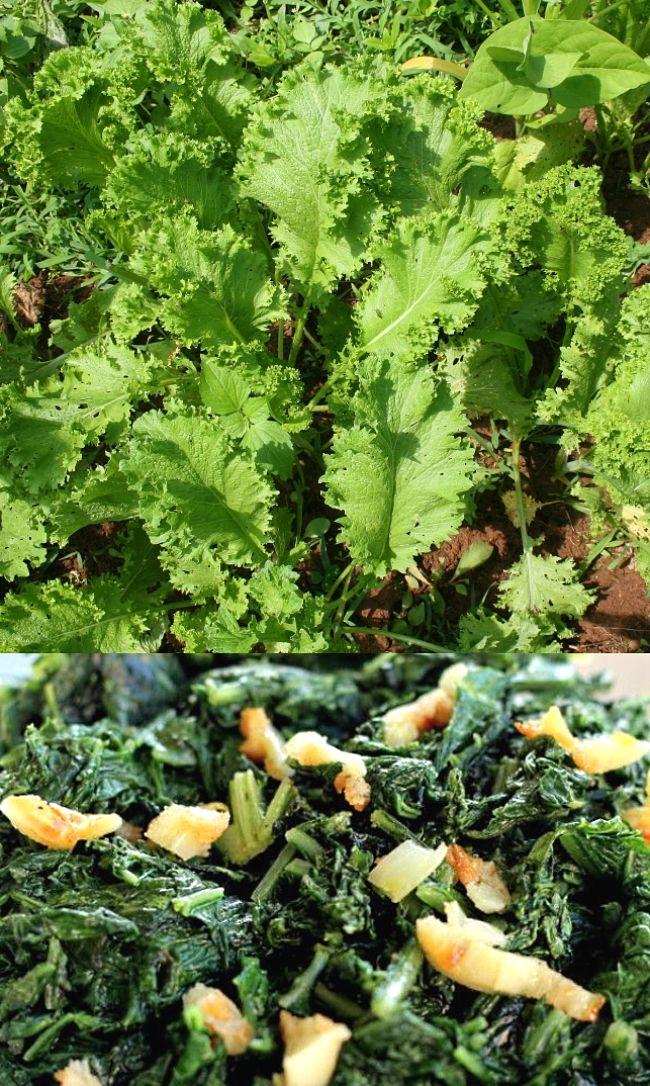Planting and Growing Guide for Mustard Greens (Brassica sp.)
Description
Mustard Greens are widely used a leafy green in Asian and Italian dishes. They are easy to grow and quick to harvest. The leaves have a spicy taste which boosts the flavor of dishes. The leaves make a lovely garnish. The plants need to be grown quickly, with regular watering and feeding, as older dry leaves can be bitter. Avoid growth checks and harvest the leaves when small. Mustard Greens can provide a regular supply of leaves throughout the year as they grow well in all seasons in hot and cool weather. Unlike many leafy green alternatives, Mustard Greens plants handle cool weather very well at all stages. They can cope with light unexpected frosts. Harvest by cutting off leaves and finally remove the entire plant when the leaves darken or turn yellow. Mustard Greens do very well in pots and can be planted with other leafy greens and herbs such as sage, dill, chamomile. Use Mustard Greens in salads, stir fry, Italian and Asian dishes. Mustard Greens is a classic leafy green ingredient for a wide variety of dishes.
Planting Guide
Seed Depth: Plant seeds 5 mm (1/4 inch) deep in seed trays or directly into the garden bed 2 weeks before the last frost is expected
Space between plants: Space plants about about 15 cm (6 inches) apart. Space rows 15-30 cm (6 to 12 inches) apart
Harvest Time: Harvest in 5-8 weeks, but young leaves can be picked earlier as the plants grow
Hints:
- Does best in full sun in cooler areas, but can grow in partially shaded areas
- Sow in batches by planting every 3 weeks to ensure a steady supply through the year
- Water often to keep the plants growing steadily
- Add a layer of mulch around each plant to control weeds and keep the soil moist
- Prior to planting prepare the soil by mixing in well-rotted compost or manure or pellet fertiliser
- Feed regularly and pick leaves often to increase yield and improve the flavor and texture
- Does best in rich, well-drained soil with neutral to slightly acid pH

Disclaimer: The PlantWhatWhen vegetable planting guide is only designed for use as a very general reference for home gardening purposes. It is not to be used for farming, markets or commercial activities of any kind whatsoever. We take absolutely no responsibility for the accuracy and adequacy of the information provided on this site. We recommend that you consider your local climate, weather patterns and conditions when deciding what and when to plant in your home garden. It's entirely your own decision. Happy Gardening and Best Wishes!